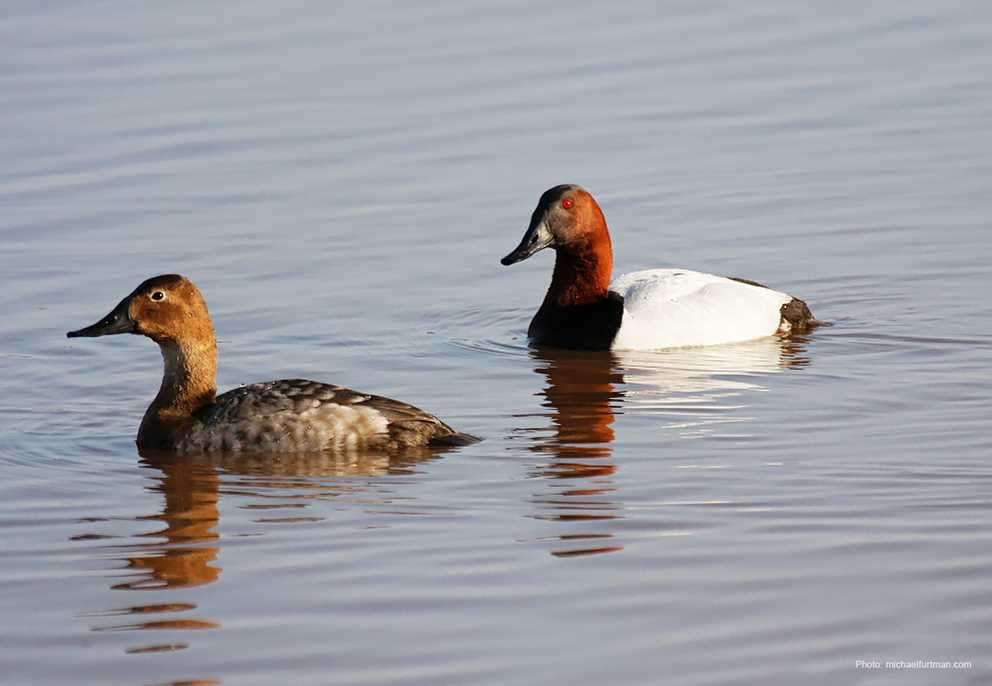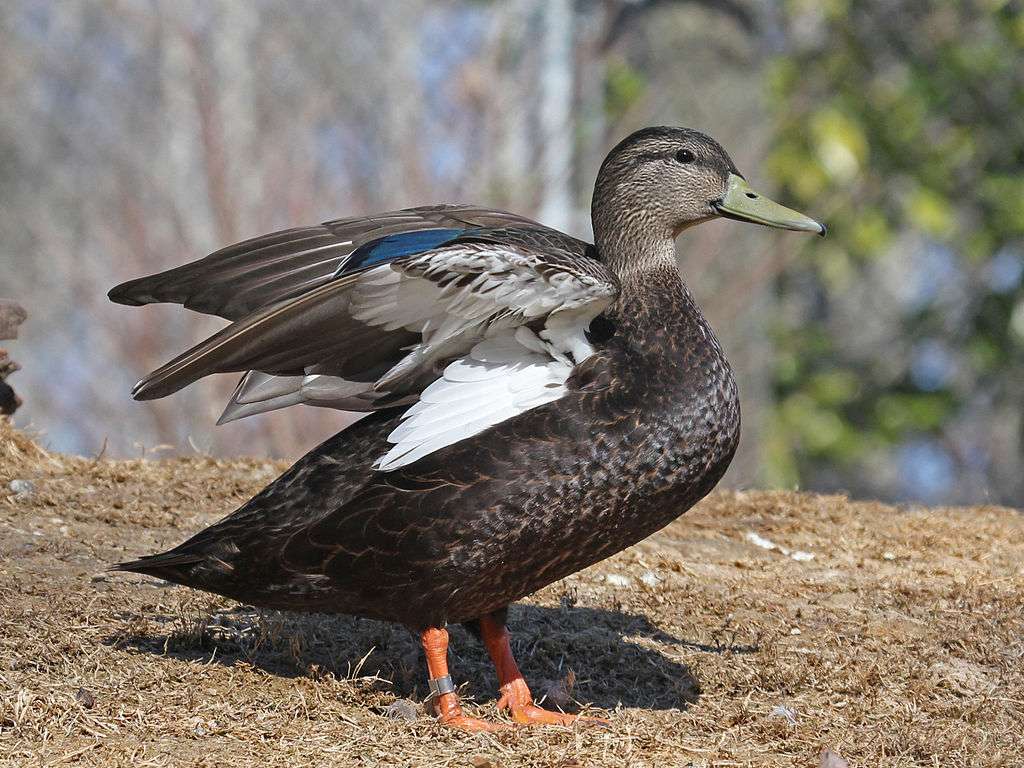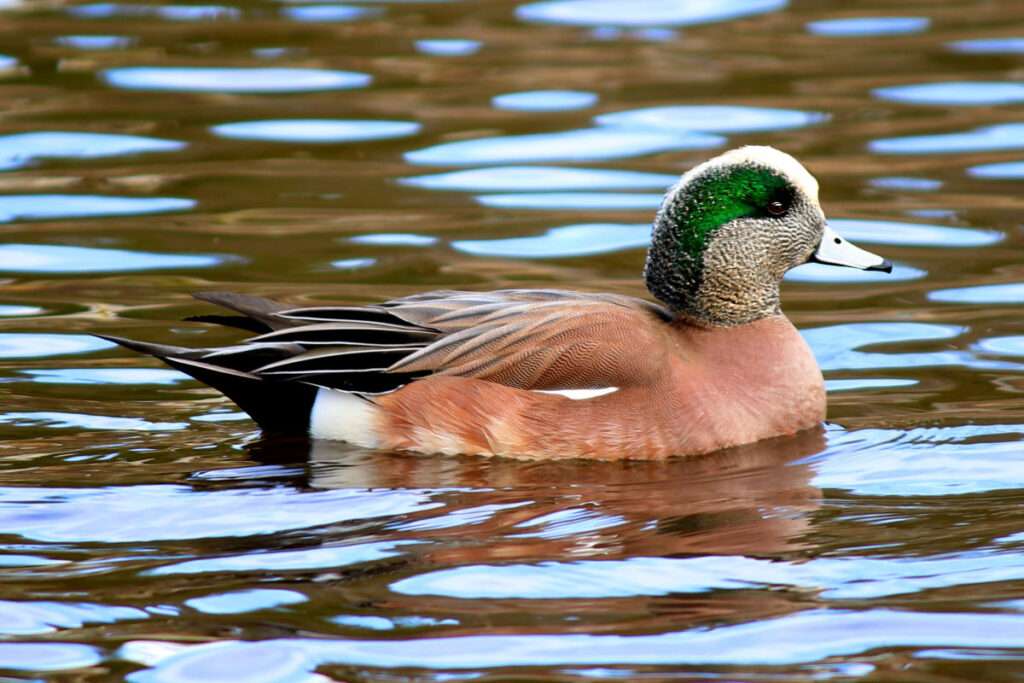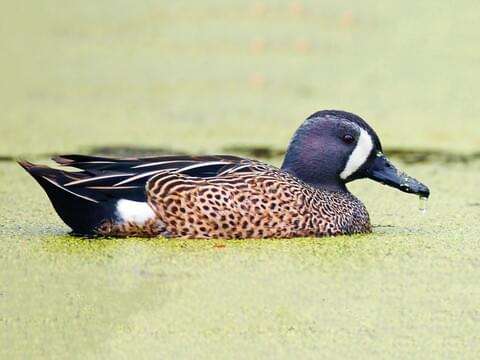
The largest diving duck species in North America is the canvasback (Aythya valisineria). A huge diving duck with a recognizable long, sloping face profile is the canvasback. From autumn through spring, it travels to the Chesapeake Bay and its tidal rivers.
Fun Facts
- The canvasback is a skilled athlete. Although they typically forage in shallower areas, they can fly at speeds of more than 100 km/h and dive to depths of more than 5 m in the water.
- The Latin name for wild celery, one of the canvasback’s favorite meals in the eastern part of its habitat, Aythya valisineria, was derived.
- Female redheads as potential surrogate moms for their offspring view canvasbacks favorably. These chickens put their eggs in a female canvasback’s nest that she has previously started. Even canvasback hens have been known to occasionally lay their eggs in another canvasback’s nest. Nest parasitism is the word used for this behavior, which has a multitude of detrimental repercussions on the host.
Description
In addition to having a chestnut-red head and neck, male canvasbacks also have a black breast, gray back, black rump, and a blackish-brown tail. The wing coverts are grayish and vermiculated with black, but the sides, flank, and belly are entirely white. The bill is a dark gray, while the legs and feet are a bluish gray color. The iris is a bright red color in the spring and a duller red in the winter. Female canvasbacks have a light brown head and neck, a darker brown breast, and a lighter brown foreback. The back, flanks, and sides are a grayish-brown color. The legs and feet are bluish-gray, while the bill is a dark gray.

Predators
Bald eagles, snapping turtles, great black-backed gulls, black-crowned night herons, and other hefty predators all hunt on canvasbacks. And people go canvasback hunting.
Diet
Despite being omnivores, this duck predominantly consumes plant material. Wild celery and the tubers and roots of pondweed are among their favorite foods. They also consume a variety of plant seeds, leaves, stems, roots, and tubers. Invertebrates, primarily snails, mussels, insects, and insect larvae, are another prey item that canvasbacks pursue.
Habitat
Fresh marshes in the summer; lakes, salt bays, and estuaries. for shallow wetlands used for breeding in prairie areas. There are also enormous complexes of marshy lakes up north in the boreal forest, as well as a couple on the edge of the tundra. primarily on huge lakes during migration. primarily spends winters near the shore, in protected bays and estuaries, as well as on interior lakes.
As Pet
A canvasback (Aythya valisineria), a wild duck that migrates in the spring and winter, would not make a nice pet.
Table





